Styrofoam, a brand name for expanded polystyrene (EPS) foam, is a ubiquitous material in our daily lives. From the coffee cup that holds your morning brew to the protective packaging around your new electronics, its lightweight and insulative properties make it incredibly versatile.
But have you ever stopped to consider the full extent of its applications? Beyond its most common uses, Styrofoam plays a crucial role in construction, artistic endeavors, and even marine safety. Let’s delve deeper into the surprising world of Styrofoam and explore its many uses.
What is Styrofoam?
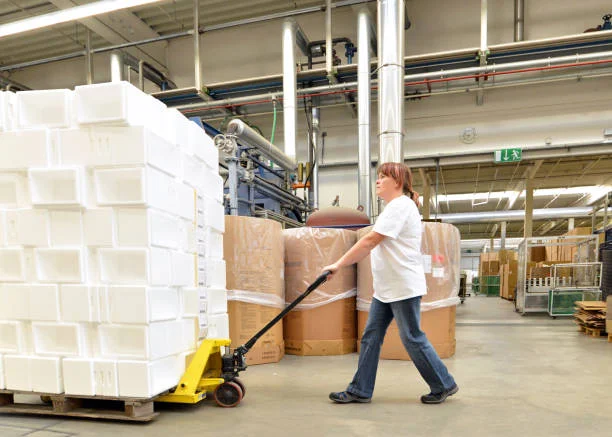
Styrofoam is a lightweight, rigid, and insulating material. Expanded polystyrene is made by heating polystyrene resin and adding a blowing agent to create a foam structure with numerous small air cells.
Styrofoam is known for its excellent thermal insulation properties, making it useful in applications such as packaging to protect delicate items, in construction for insulation, and in various consumer products. It is also commonly used for disposable food containers, coffee cups, and packaging materials.
What is Styrofoam Used for?
Styrofoam, a common brand name for expanded polystyrene (EPS) foam, is an incredibly versatile material with a surprising array of applications. Its lightweight nature, excellent insulation properties, and shock absorption make it invaluable across various industries.
What is the Number One Use of Styrofoam?
While Styrofoam (expanded polystyrene or EPS foam) has many applications, its number one use is insulation, particularly in the construction industry. Its unique cellular structure, which is mostly trapped air, makes it incredibly effective at preventing heat transfer. This property is crucial for maintaining stable indoor temperatures in buildings, which in turn leads to significant energy savings by reducing the need for heating and cooling.
This insulating capability extends beyond just buildings to appliances like refrigerators and freezers, and even into specialized areas like the “cold chain” for transporting temperature-sensitive goods such as pharmaceuticals and perishable foods. The ability of Styrofoam to effectively trap warmth or cold makes it an essential material for energy efficiency and preserving product quality across a vast range of sectors.
The Packaging Power of Styrofoam
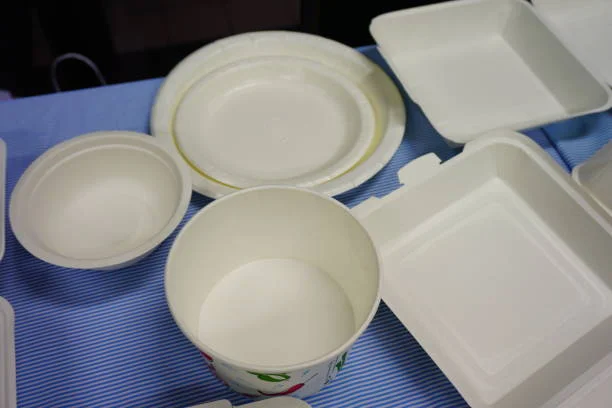
Styrofoam is highly regarded in the packaging domain. Its lightweight nature makes it easy to handle and transport. The remarkable cushioning capabilities of Styrofoam act as a safeguard for an array of delicate items. Whether it’s the intricate electronics with their sensitive components, the fragile glassware that demands utmost protection, or the precious ornaments that need to be safeguarded from any damage, Styrofoam packaging steps in.
It molds itself around the object’s contours, offering a secure embrace and minimizing the risk of breakage during the journey from the manufacturer to the consumer. This aspect of Styrofoam’s usage is truly crucial in ensuring the integrity of countless products.
Styrofoam in Construction: Insulating Our Buildings

Can you use styrofoam as insulation?In the construction industry, Styrofoam finds its place as an insulation material. It helps In the construction sector, Styrofoam plays a vital role as an insulation material. It has the ability to significantly impact the internal temperature of buildings. By reducing heat loss during the cold winter months and minimizing heat gain during the sweltering summer, Styrofoam helps to create a more energy-efficient and comfortable living or working environment.
It can be incorporated into the walls, roofs, and floors, acting as a barrier that keeps the elements at bay. This insulation property not only leads to savings in energy consumption but also enhances the overall sustainability of the building.
Food and Beverage Contianers
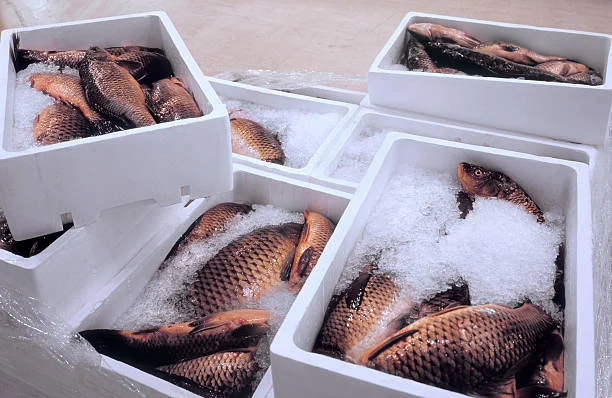
Styrofoam’s excellent insulation properties extend to the food and beverage industry, where it is widely used for disposable containers. Hot beverages like coffee and tea stay warmer for longer in Styrofoam cups, while cold drinks retain their chill. Similarly, takeout boxes made from Styrofoam help keep prepared meals at their desired temperature, ensuring food quality from the restaurant to the consumer’s home.
Beyond temperature retention, Styrofoam containers are lightweight, inexpensive to produce, and resistant to moisture, making them a practical choice for a variety of food service needs. Their widespread use facilitates convenient consumption of food and beverages on the go, making them a staple in fast-food establishments, cafes, and delis worldwide.
Styrofoam for Construction Insulation
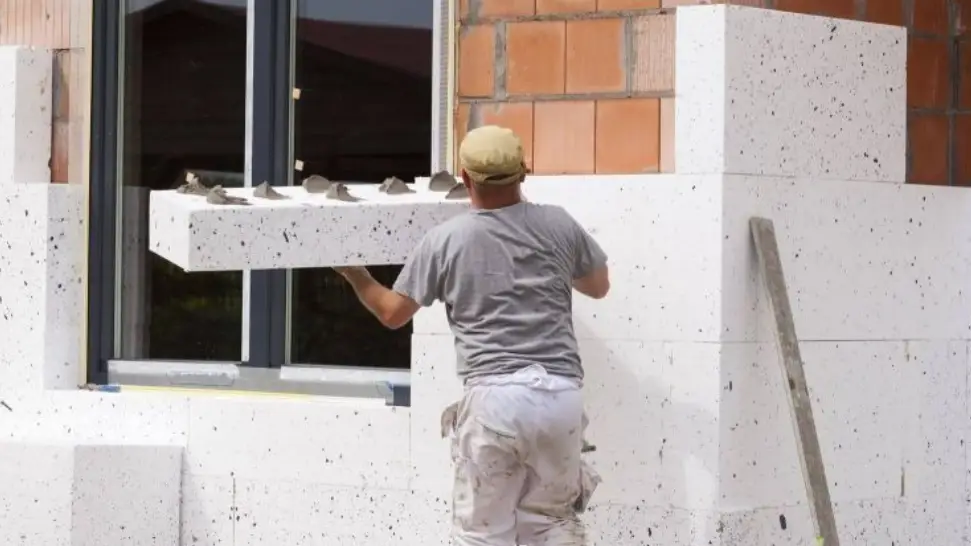
Styrofoam, widely recognized in the construction industry as expanded polystyrene (EPS) foam, is an exceptional thermal insulator. Its closed-cell structure traps air, significantly reducing heat transfer through walls, roofs, and foundations. This makes it a crucial component in creating energy-efficient buildings, helping to maintain stable indoor temperatures and reduce heating and cooling costs for both residential and commercial properties.
Its lightweight yet rigid nature also makes EPS foam easy to handle and install on construction sites. It can be cut to fit various dimensions, minimizing waste and speeding up the building process. The long-term durability of EPS insulation ensures that its thermal performance remains consistent over the lifespan of a structure, contributing to sustainable building practices.
Styrofoam for Electronic Device Packaging
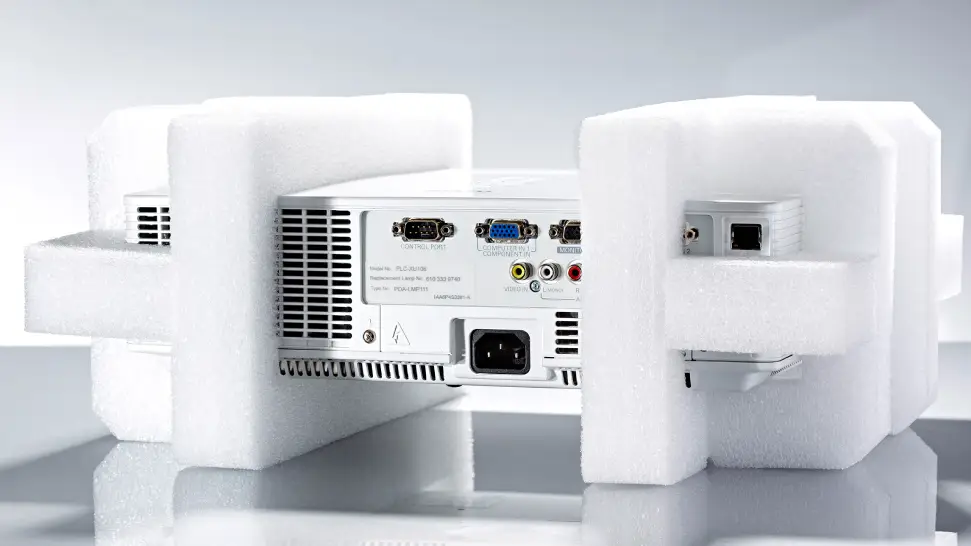
One of Styrofoam’s most common and critical applications is in the packaging of electronic devices. Its remarkable shock-absorbing properties make it an ideal material for protecting delicate and expensive electronics during transit. Custom-molded Styrofoam inserts precisely fit around items like televisions, computers, and smartphones, creating a secure cradle that prevents movement and absorbs impacts from drops and vibrations.
This protective quality is paramount in minimizing product damage, reducing warranty claims, and ensuring customer satisfaction. Beyond custom inserts, Styrofoam peanuts and other loose-fill options are frequently used to fill empty spaces in shipping boxes, further stabilizing contents and providing an additional layer of cushioning for a wide array of electronic goods.
Styrofoam for Arts and Crafts Projects
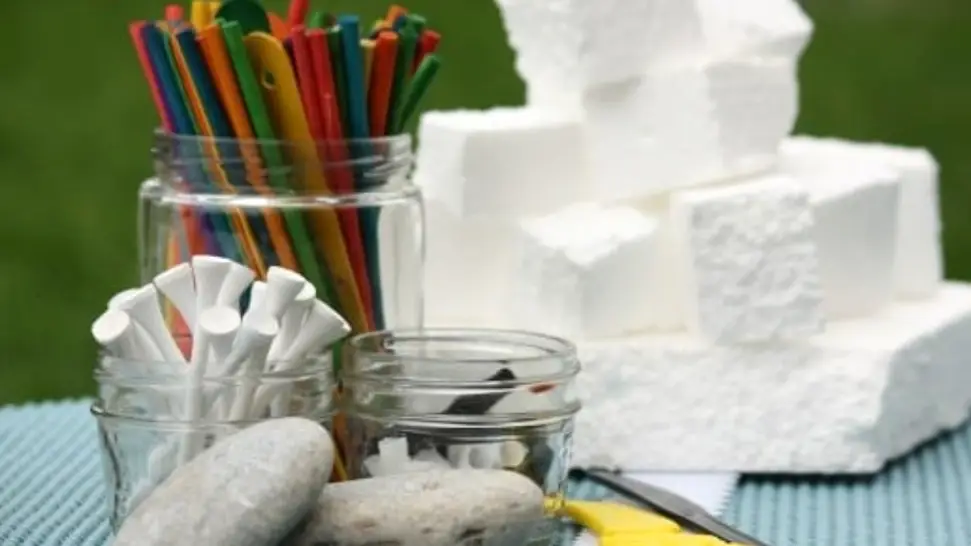
Styrofoam is a beloved material in the world of arts and crafts due to its versatility and ease of manipulation. Its lightweight nature allows for the creation of large-scale sculptures and models without being cumbersome. It can be easily cut, carved, sanded, and shaped using simple tools, making it accessible for artists of all skill levels.
Furthermore, Styrofoam’s surface readily accepts various paints, glues, and embellishments, enabling a wide range of creative possibilities. From school projects and holiday decorations to intricate DIY home decor, Styrofoam provides a cost-effective and adaptable medium for bringing imaginative ideas to life.
Styrofoam for Theatrical Props and Set Design
In the realm of theater and film, Styrofoam is an indispensable material for creating props and set pieces. Its light weight is a significant advantage, allowing stagehands to move large backdrops and elaborate props with ease during performances or filming. This minimizes logistical challenges and enhances the fluidity of production.
Beyond its portability, Styrofoam can be intricately carved, painted, and textured to mimic a variety of materials, from ancient stone structures to futuristic machinery, all without the expense or weight of the real thing. This adaptability allows designers to create visually stunning and realistic environments that are both practical and durable for repeated use.
Styrofoam for Horticultural Soil Aeration
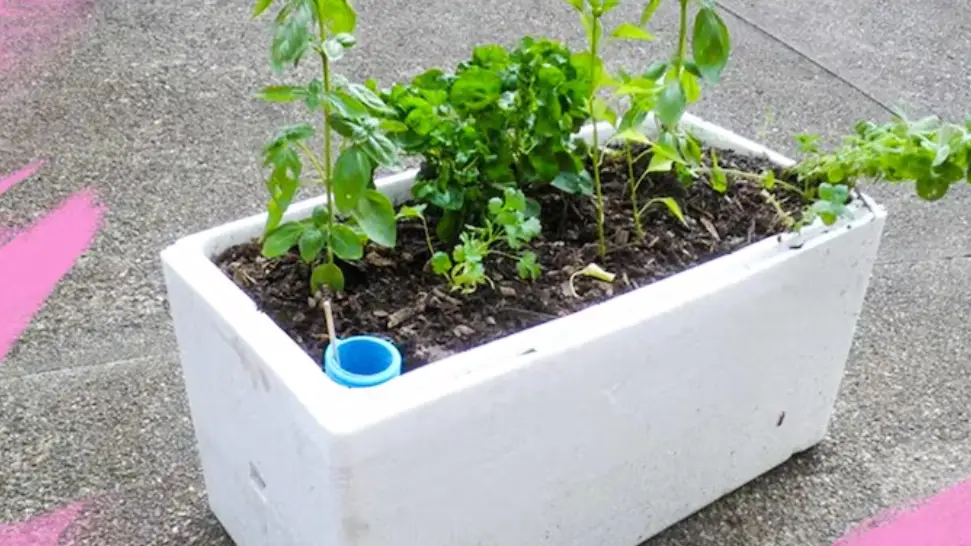
Styrofoam, particularly in the form of small beads or crushed pieces, finds a surprising but beneficial application in horticulture. When mixed into potting soils or garden beds, it significantly improves soil aeration and drainage. This is especially crucial for container plants, where soil can easily become compacted and waterlogged, suffocating roots.
By creating air pockets within the soil, Styrofoam helps prevent root rot and promotes healthier, more robust root development. Its lightweight nature also makes potting mixes easier to handle and transport, while its inert properties ensure it doesn’t break down or release harmful chemicals into the soil, providing a stable and beneficial additive for plant growth.
Styrofoam for Road Construction (Lightweight Fill Material)
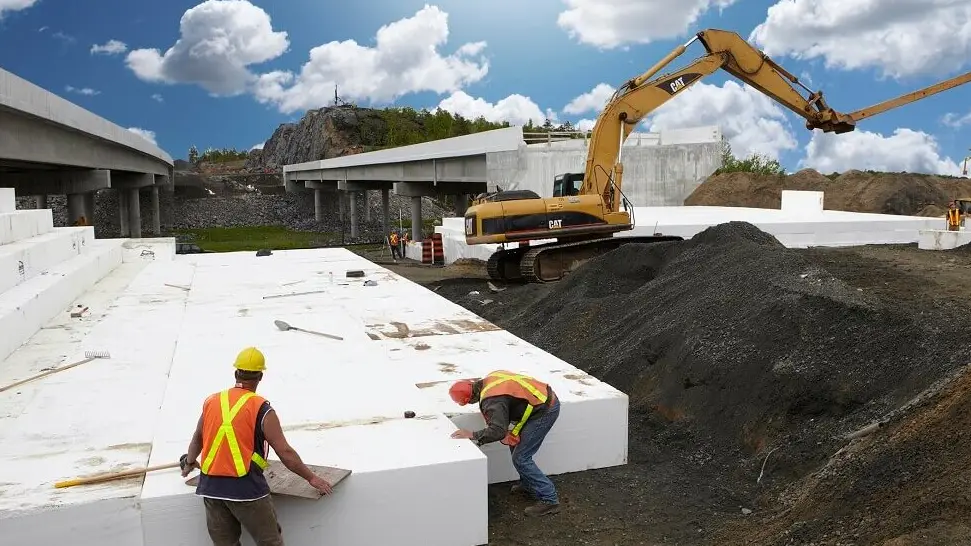
In civil engineering, specifically road construction, expanded polystyrene (EPS) foam blocks are increasingly used as a lightweight fill material, often referred to as “geofoam.” This application is particularly valuable in areas with soft or unstable ground, where traditional heavy fill materials could cause settlement or instability. EPS geofoam significantly reduces the load on underlying soils, preventing subsidence.
Its excellent compressive strength allows it to support the weight of roadways, while its resistance to water absorption ensures long-term stability in various environmental conditions. This innovative use of Styrofoam helps to extend the lifespan of roads, reduce maintenance costs, and enable construction in challenging geological locations.
Styrofoam for Cold Chain Packaging (for Perishable Goods)
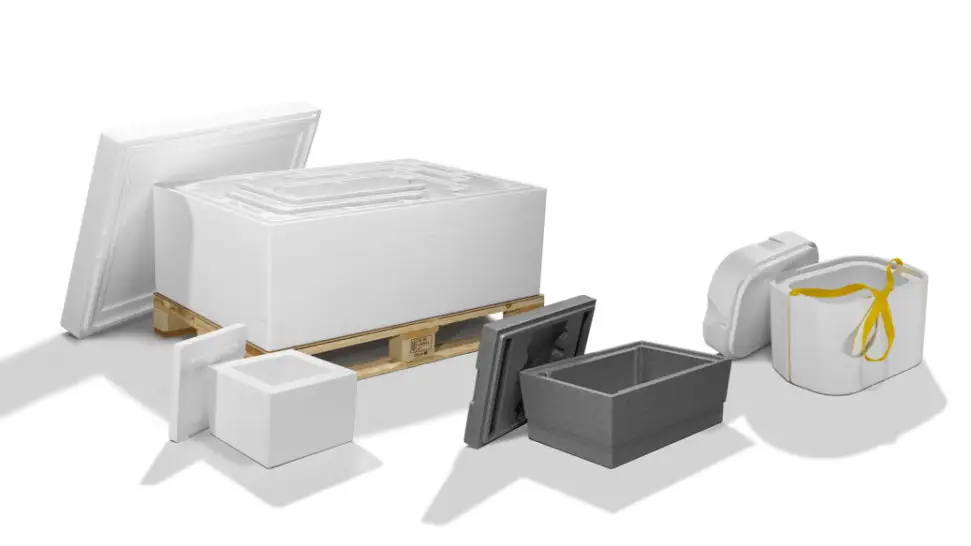
Styrofoam is a cornerstone of the cold chain, essential for the safe transportation of temperature-sensitive perishable goods. Its superior thermal insulation properties create a controlled environment within packaging, effectively maintaining a consistent temperature for items like pharmaceuticals, vaccines, fresh produce, and seafood. This prevents spoilage and ensures product integrity from origin to destination.
Often used in conjunction with gel packs or dry ice, Styrofoam coolers and insulated boxes are vital for maintaining the efficacy of medicines and the freshness of food items over extended transit times. This application is critical for public health, food safety, and the economic viability of industries reliant on the delivery of temperature-sensitive products.
Styrofoam for Surfboards and Paddleboards (as a Core Material)
In the world of watersports, expanded polystyrene (EPS) foam serves as a popular core material for the construction of surfboards and paddleboards. Its lightweight nature is paramount, making the boards easy to maneuver in the water and transport to and from the beach. This contributes significantly to the performance and user experience of these recreational devices.
When combined with fiberglass and resin outer layers, the EPS foam core provides excellent buoyancy and rigidity, forming a durable and responsive board. This application highlights Styrofoam’s ability to be precisely shaped and then integrated into a high-performance composite structure, enabling athletes and enthusiasts to enjoy water sports more effectively.
Does Styrofoam Disintegrate?
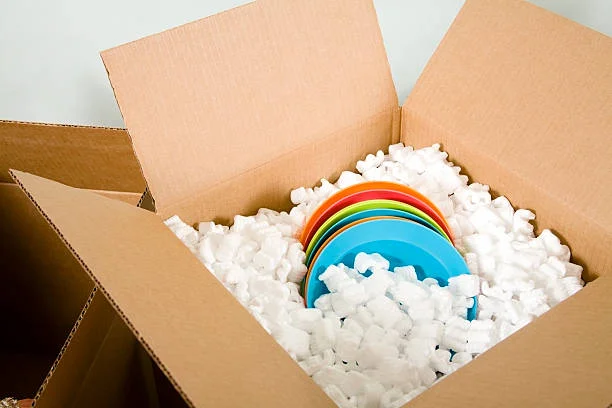
Styrofoam does not disintegrate easily. It is a type of plastic foam that is very durable and can persist in the environment for a long time.
Styrofoam takes hundreds of years to break down naturally. Even when it is exposed to the elements such as sunlight, heat, and moisture, the process of degradation is extremely slow. It may break into smaller pieces over time, but these smaller pieces still remain as plastic and can cause pollution.
This is a major concern because Styrofoam is widely used in various industries and is often discarded as waste. Its non-biodegradability contributes to the growing problem of plastic pollution in our environment, affecting wildlife and ecosystems.
Moreover, Styrofoam can also release harmful chemicals as it degrades, further adding to the environmental impact.
How Do You Clean Styrofoam?

Cleaning Styrofoam can be a bit tricky. For light dirt or dust on Styrofoam, you can use a soft, dry cloth or a gentle dusting brush to wipe it away. If there are stains, you might try using a mild detergent diluted in water and a soft sponge or cloth. Gently dab the soiled area, being careful not to scrub too hard as it could damage the Styrofoam.
In some cases, you could also use a gentle compressed air to blow away loose dirt or debris.
It’s important to note that Styrofoam is a relatively delicate material, and harsh cleaning methods or strong chemicals could potentially cause it to warp, melt, or be otherwise damaged. Also, when cleaning Styrofoam items that are part of a larger structure or installation, make sure not to disrupt or damage the overall integrity.
Why Do We Still Make Styrofoam?
Despite growing environmental concerns and increasing calls for bans, Styrofoam (expanded polystyrene or EPS foam) continues to be manufactured for several compelling reasons, primarily due to its unique combination of desirable properties and economic advantages that are hard to replicate with other materials.
Cost-Effectiveness: EPS is remarkably inexpensive to produce. This low cost makes it a highly attractive option for industries that require large volumes of material, such as packaging and construction, where even small increases in material costs can have a significant impact on overall expenses.
Superior Performance:
- Excellent Insulation: As its primary use, EPS provides exceptional thermal insulation, which is crucial for energy efficiency in buildings, appliances, and in the cold chain for transporting temperature-sensitive goods.
- Lightweight: Being approximately 98% air, EPS is incredibly light. This reduces transportation costs and makes products easier to handle, both during manufacturing and for the end-user.
- Shock Absorption: Its cushioning properties are unparalleled for protecting fragile items during shipping, minimizing damage and associated costs.
- Moisture Resistance: EPS is naturally resistant to moisture, preventing degradation in damp environments and protecting contents from water damage.
Versatility and Customization: EPS can be easily molded into intricate shapes and sizes, allowing for custom-fit packaging and creative applications in arts, crafts, and theatrical props. This adaptability makes it suitable for a wide range of specific needs that other materials might not fulfill as efficiently.
Can Styrofoam Be Used as Insulation?
Yes, Styrofoam is widely used as an insulation material, particularly in the form of rigid foam boards. The key to its insulating properties lies in its cellular structure, which is mostly composed of trapped air. Air is a poor conductor of heat, and by preventing air movement, Styrofoam significantly reduces heat transfer.
Here’s why it’s used and some considerations:
- Versatility: Styrofoam insulation boards are used in walls, roofs, foundations, and even under concrete slabs to prevent heat loss.
- Excellent Thermal Resistance: Styrofoam (specifically Extruded Polystyrene or XPS, which is the “true” Styrofoam brand, and Expanded Polystyrene or EPS) offers good R-values, which measure a material’s resistance to heat flow. XPS typically has an R-value of around R-5 per inch of thickness, while EPS is slightly lower, around R-3.6 to R-4.2 per inch.
- Moisture Resistance: Certain types, especially XPS, are highly resistant to water absorption, making them suitable for below-grade applications like foundations and basements where moisture can be a concern.
- Lightweight and Easy to Install: Its light weight makes it relatively easy to handle and cut, simplifying installation in various construction applications.
Conclusion
As we’ve explored, Styrofoam, or EPS foam, is far more than just a packaging material. Its incredible versatility, stemming from its lightweight, insulative, and protective properties, makes it indispensable across numerous industries, from construction to creative arts and vital safety applications.
From keeping our homes warm to ensuring the safe delivery of delicate electronics and perishable goods, the impact of Styrofoam on our daily lives is undeniable. Its diverse applications underscore its importance in modern manufacturing and logistics.
For all your expanded polystyrene needs, consider Epsole. We offer wholesale Styrofoam solutions tailored to various industrial and commercial applications, ensuring quality and performance for your specific requirements.
